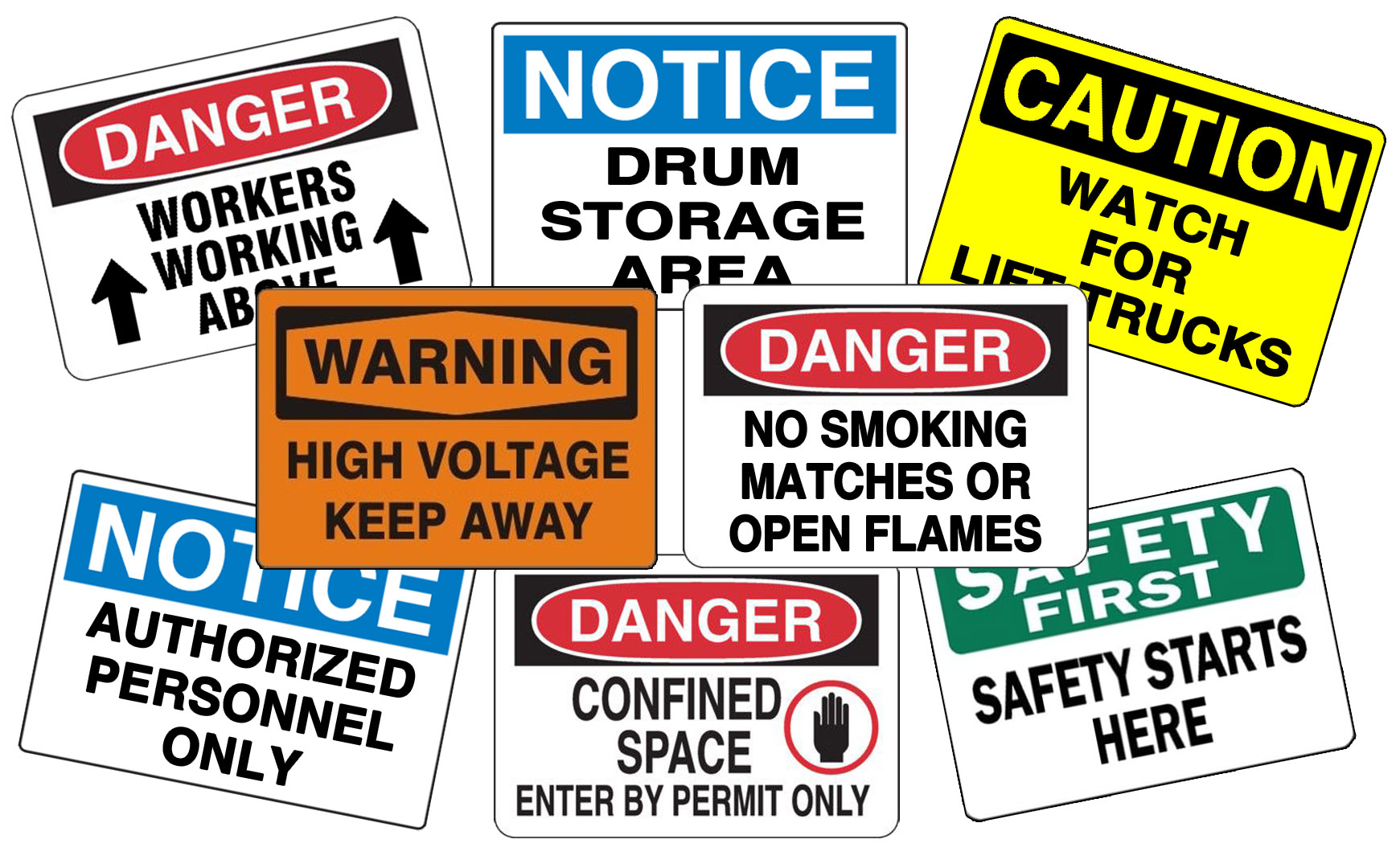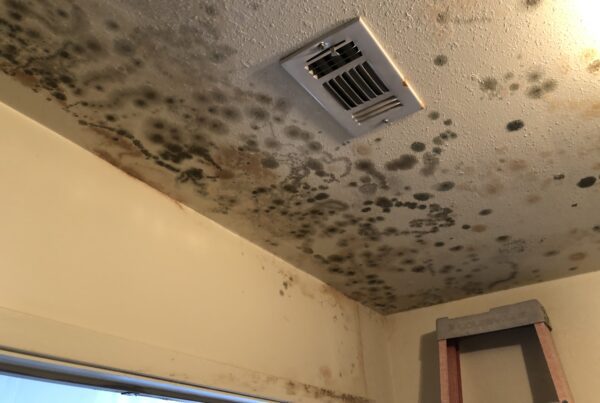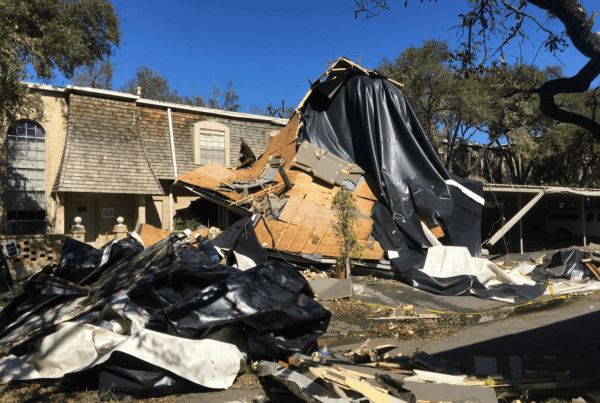Workplace and job site safety are paramount in an industry, but especially when it comes to property restoration and re-construction. It is all too easy to jump straight into action as soon as you arrive on a job site. After all, as property restorers, our mission is to restore property as quickly as possible. One of the first things that any restoration professional should do is inspect the job site for safety hazards.
A safe, secure work environment means fewer distractions and more focus on getting the job completed. Below we will go over some steps to spot and identify the most common workplace hazards. These strategies will help anyone involved to create a better, more efficient job site.
- Step One: Review OSHA’s Hazard Identification and Assessment Protocol
- Before dicing into your hazard identification process, make sure that you or someone on you team is up to date with the OSHA’s hazard identification and assessment protocols. Being familiar with these guidelines ensures that legal requirements and best practices for hazard identification are being followed. For more information, visit Home | Occupational Safety and Health Administration (osha.gov)
- Step Two: Perform a walk-around inspection and consider all common workplace hazards
- Take a comprehensive walk-around inspection to spot potential hazards in your workplace. Below are some common hazards to keep an eye out for:
- Working at height: look for ladders, forklifts, and scaffolding. Identify where fall protection is needed.
- Poor housekeeping: check for materials blocking fire exits, over-stacked loads, blocked sprinkler heads, leaks, standing water, or anything that may cause a slip, trips, or falls.
- Electrical extension cords: ensure cords are in good condition, not frayed or cut, and not near water. Avoid daisy-chaining cords and mitigate any tripping hazards buy taping cords to the floor. Also, make sure and use a GCFI when using extension cords.
- Forklift and machinery: follow manufacture instructions or safety data sheet to confirm everything is up to current specifications. Consider long-term health hazards such as high noise levels.
- Chemicals: review safety data sheets for all chemicals. Maintain an inventory and track expiration dates to prevent chemicals from degrading into volatile compounds.
- Confined spaces: verify proper permits and assess the atmosphere n each confined space. Ensure employees understand what constitutes a confined space.
- Take a comprehensive walk-around inspection to spot potential hazards in your workplace. Below are some common hazards to keep an eye out for:
- Step Three: Review near misses or worker complaints
- Near misses, or situations where an accident was narrowly avoided, are invaluable in highlighting potential dangers that might not be immediately apparent.
- Understanding near misses: collect and analyze reports of incidents that almost led to injury or damage. These neat misses can shine a light on overlooked hazards and give you a better understanding of where to focus your safety efforts.
- Identify patterns: look for trends in the neat misses. By identifying patterns, you can spot systemic issues that might otherwise go unnoticed.
- Near misses, or situations where an accident was narrowly avoided, are invaluable in highlighting potential dangers that might not be immediately apparent.
Safety is the foundation of every successful project. It is important to remember that safety is everyone’s job. Encourage a culture where safety is everyone’s responsibility and where team members look out for one another. Until next time my friends, be prepared and stay safe.
Reference: “How to Identify Common Worksite Hazards” by The Know How Team.





